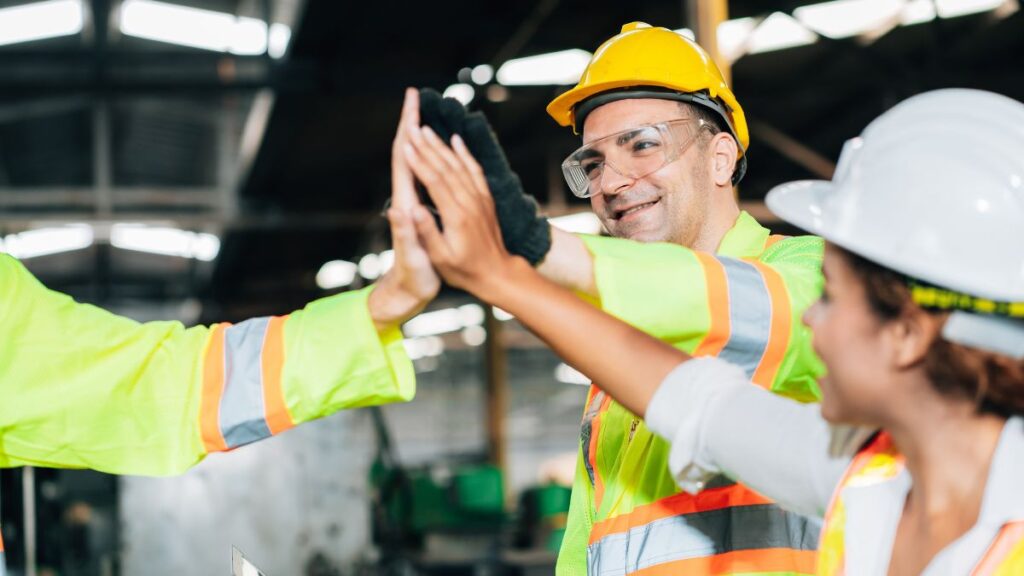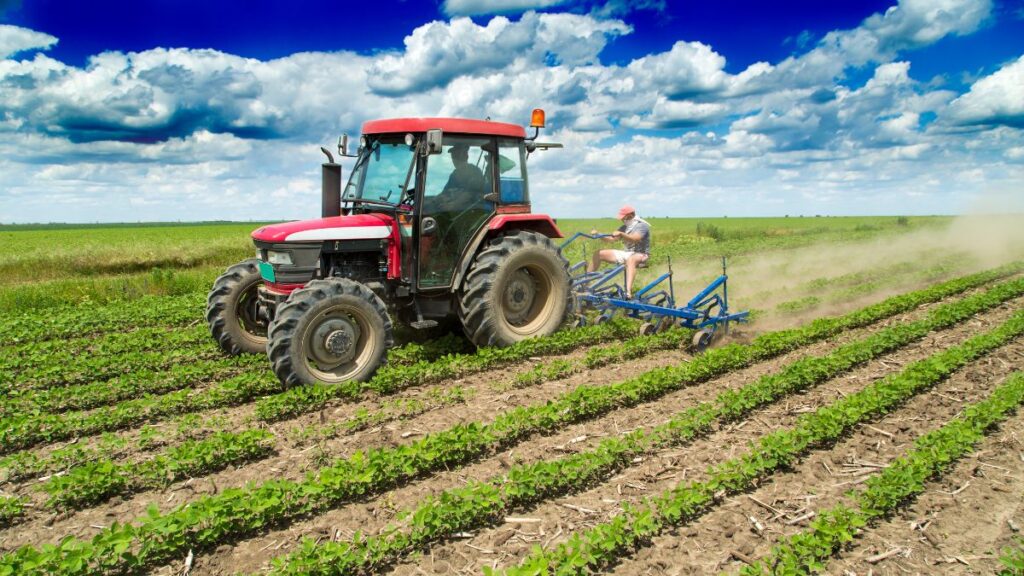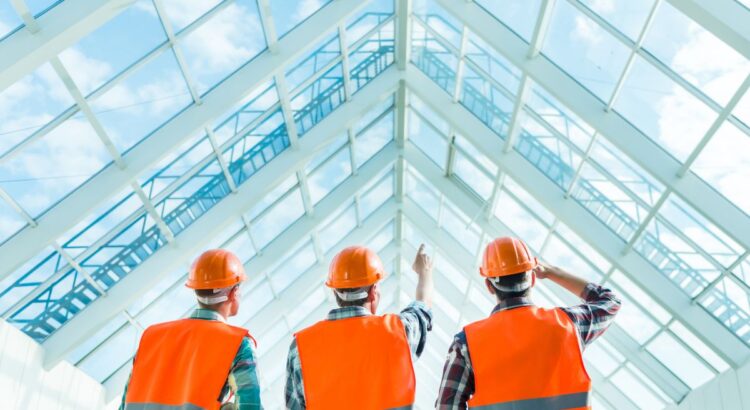The construction industry is a huge part of the United States economy. Each year, billions of dollars are spent on construction projects ranging from small home renovations to large scale commercial developments. In fact, the construction industry is one of the few sectors of the economy that is almost always growing, even managing to weather out recessions fairly quickly compared to other industries.
Three Types of Construction
Generally, construction is divided into three parts: residential, commercial, and infrastructure.
Residential construction includes both new home construction and renovations/remodeling. This sector of the industry has been hit hard by the recession but is starting to rebound as the housing market slowly begins to improve.
Commercial construction includes both new construction and renovations/remodeling of office buildings, retail space, hotels, and other non-residential buildings. This sector of the industry has also been affected by the recession, but not as severely as the residential sector.
Infrastructure construction includes projects such as roads, bridges, and sewers. This sector of the industry has been relatively insulated from the effects of the recession and has continued to grow steadily.
The Construction Industry’s Continued Success

There are several reasons for the construction industry’s success. First, the population of the United States is still growing. This means that there is always a need for new homes, schools, hospitals, and other buildings. Additionally, the construction industry is very efficient. Thanks to advances in technology, construction projects can be completed quickly and cheaply.
The construction industry is also a major employer. In fact, it is one of the few industries that is still hiring in large numbers. The demand for new houses, office buildings, and other structures continues to grow and creates thousands of jobs each year.
As long as demand remains, it is going to be a healthy sector of the jobs economy.
The Future of Construction
Despite some recent downturns, the future of the construction industry looks bright. The population of the United States continues to grow, which will create a need for new homes, schools, and other buildings.
After the recent pandemic, the desire for homes has sent the market into a frenzy, meaning there’s an estimated 8-10 year backlog on demand for new houses and that’s if all work was focused optimally on building new homes.
Additionally, the construction industry is very efficient and can complete projects quickly and cheaply. This combination of factors should continue to create jobs in the construction industry for years to come.
What To Consider When Buying Machinery and Land Development Equipment

Many of us would like to own a piece of machinery, but what is the best investment? Here are some things to consider before purchasing machinery and land development equipment. Large machinery is needed when you are planning to cultivate large areas of land. In addition to the size of the machinery you choose, make sure that you consider the labor supply and crop acres. Some machines can be purchased in multiple units, with a second unit containing an additional tractor and operator. You should also consider getting it insured by a reputable machinery insurance provider.
Investing in the right machinery is an important investment, but it is not an easy task. For example, the equipment that you buy today may not be as efficient next year, due to changing weather conditions, design improvements, and labor availability. As a result, a good machinery manager has a system that is flexible, reduces long-run costs, and minimizes production risks. To get the best machine for your business, consider these factors.
Small processing machinery is also necessary for farming. Some people need small harvesters to reap, thresh, or clean a small amount of grain. The right machinery will help them return to cultivation, reduce the use of harmful chemicals on their crops, and make their work easier. It is important to note that machinery and land development are often interdependent. As such, it is essential to work closely with a variety of actors, including farmers, university research centers, and local stakeholders.
Informal solutions are also valuable. Informal solutions often facilitate farmer work, particularly in hilly or mountainous areas. For marginal areas, self-production is a valid practice. When designing machinery, end users usually participate in its construction, production, and design. This results in valid design ideas. However, it is important to remember that informal solutions are not always best. If possible, farmers should participate in the design and construction of new machines.
In the long run, the choice of machinery must consider long-term weather patterns. Otherwise, you may end up with insufficient capacity in some years and too much in other years. By carefully studying long-run weather patterns, you can select machinery that can meet the demands of your land. You can also purchase equipment for small production operations, like small dairies in valleys. Using such machinery will help you get a better grip on your land.
Mountain plots are often located away from main roads and are prone to steep slopes. This presents a variety of challenges, including the possibility of machinery slipping. Luckily, some machines, such as drones, can be used for pest control and disease prevention. In the mountains, you can use machinery with a straight path to cut and maintain the vegetation and soil. For weeding and mowing, brush cutters are often used.
Depending on how many different operations you need to perform on an acre, you may find that diversifying your crops can reduce your equipment and fieldwork costs. Planting soybeans, for example, will begin later than corn, so your machinery capacity for a given number of acres will be less. On the other hand, if you grow two crops, you may need to purchase more equipment to cover those extra acres. It is also important to note that the time required for each crop will differ depending on the timing of harvesting.

In addition to machinery for crop production, there are also equipment used for livestock production. Combine harvesters, for example, are a common type of tractor that does four tasks at once: reaping, threshing, gathering, and winnowing. This machine is also useful in the livestock industry, including dairying, pig raising, and rape farming. These machines can be complex, and many different types of work are done with them.
The cost of owning machinery is an important consideration when selecting which type of machinery to purchase. You want to ensure that your machinery investment costs are minimal – but also doesn’t add to your total costs. Too much machinery will mean high operational costs, and too little will result in low crop yields. Make sure you choose the machinery that can be operated in the minimum number of field days. It is crucial to understand the cost of owning machinery as these costs increase with its size.
